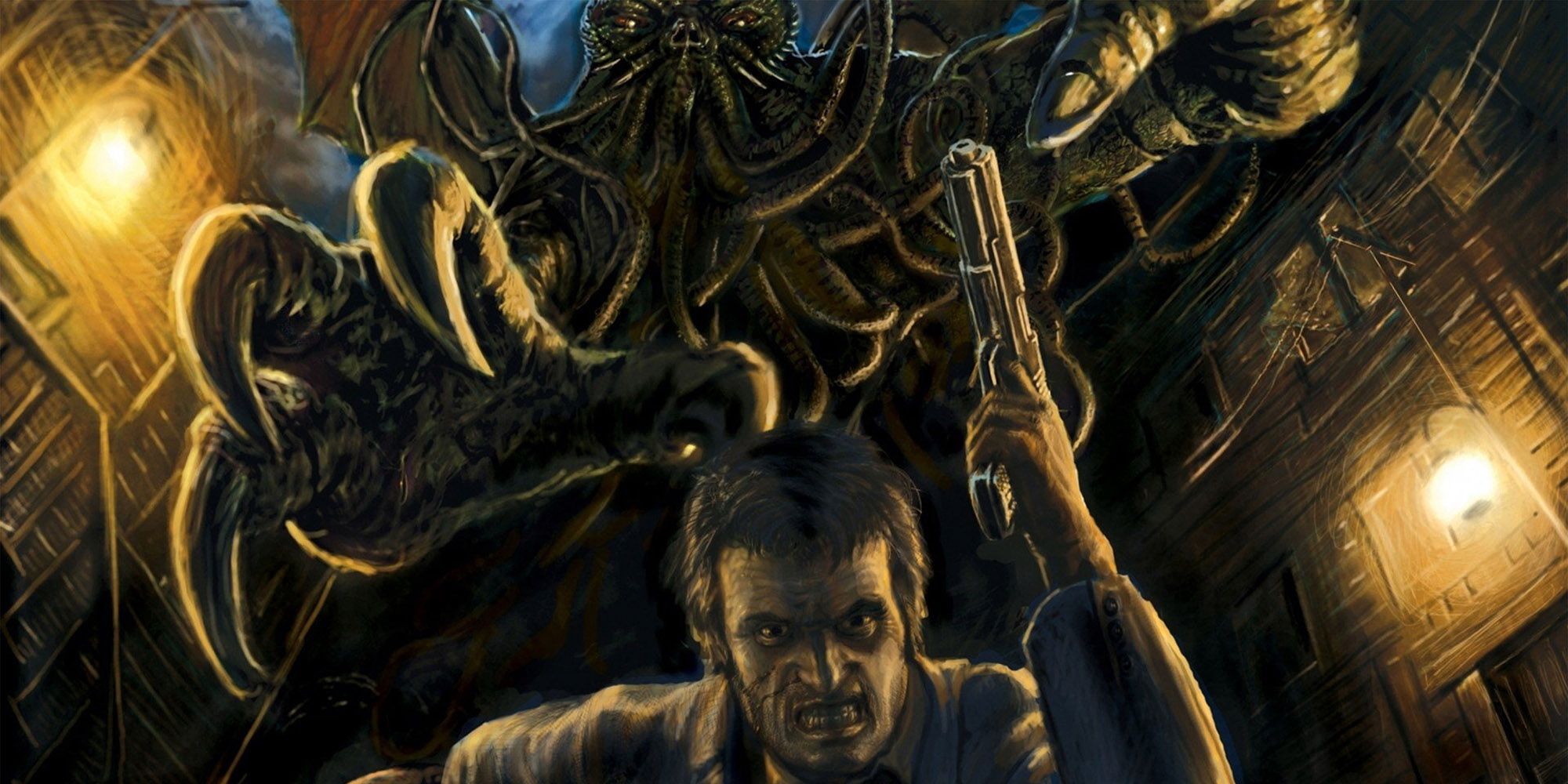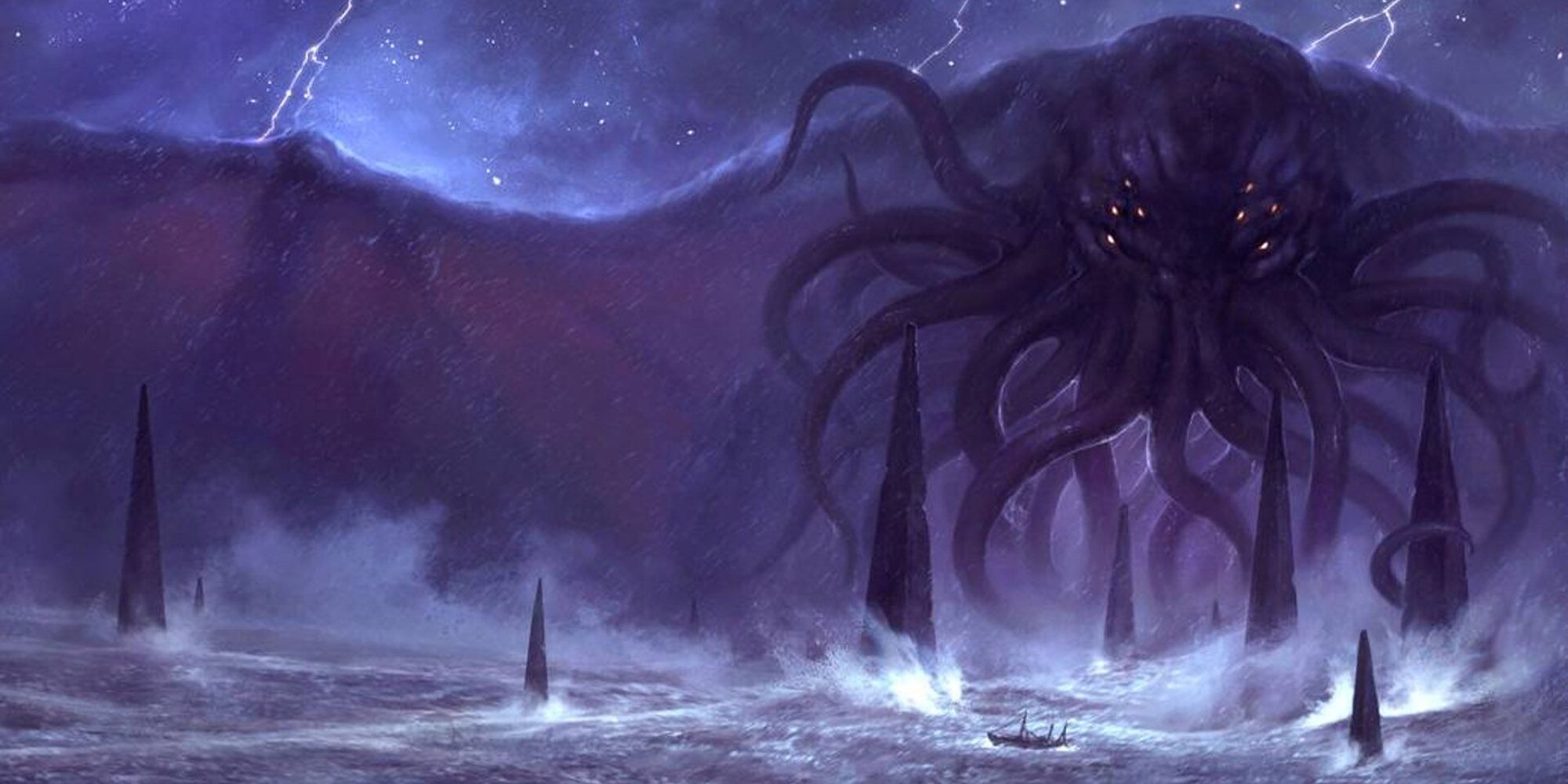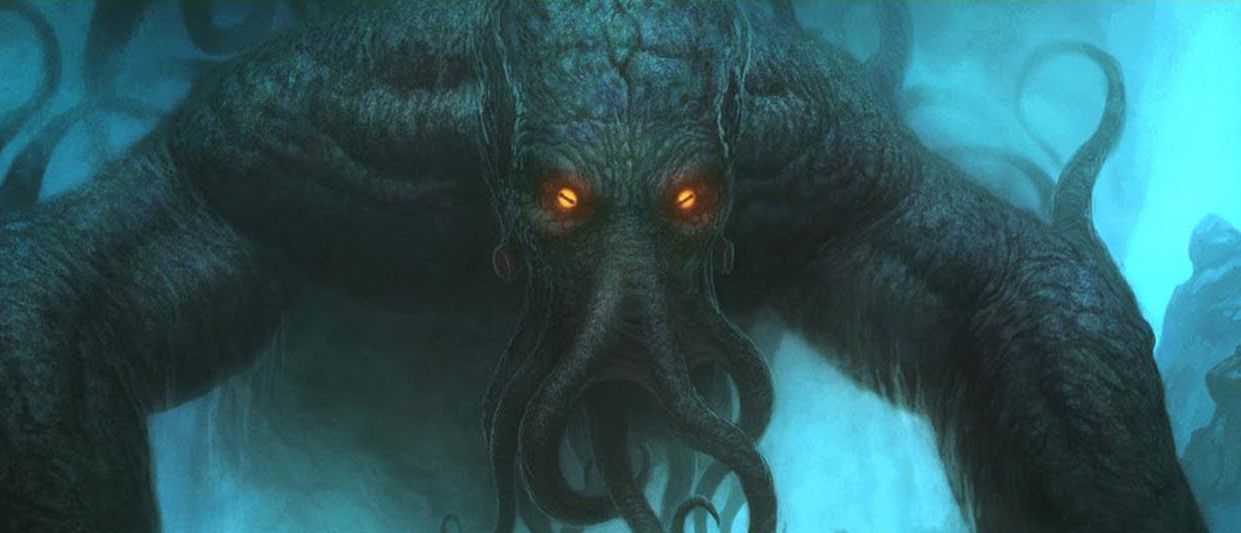Uncovering secrets, slaying monsters, completing quests and getting the treasure. Most people think of this when they hear the term tabletop RPG, and often it's associated with Dungeons & Dragons. It's a straightforward theme, simple enough for newbies but with enough room for creativity. However, not everyone plays their tabletop games this way or wants something less high fantasy. The tabletop game Call of Cthulhu offers this in spades.
As the name implies, Chaosium's TTRPG uses the Lovecraftian universe for its setting and has as much mystery as it does tentacles. Call of Cthulhu takes place mainly in the 1920s and is more about being a sleuth -- asking questions, searching for clues and finding out the truth or uncovering secrets. Instead of fighting monsters, you're up against cosmic beings and stopping cultist plans in a horror setting where you're more likely to go mad than get slain. It's a very different take on traditional TTRPGs like D&D and Shadowrun.
Sure, you can create this sort of gameplay in other tabletop games. Part of the fun is being creative and coming up with your own stories. However, they aren't set up the same way Call of Cthulhu is. Call of Cthulu actively rewards you for investigations, and madness plays out quite differently, something not traditionally used in most TTRPGs. It does still use the same stats, and you'll find the character sheets similar, but things like traits and skills are more important since they can impact the overall story -- and it's the story that is the main focus of gameplay, rather than the combat.
This is where it really stands out from many TTRPGs. Storytelling as the primary focus can be a good thing for players, but especially so for Dungeon Masters looking to improve on creating their own campaigns or just communicating scenes to players. In a game where investigation is the main component, describing NPCs and places is very important to give players an idea of what to look for and what's happening. Rather than just providing a basic description of a room, it may be important to add more details like what the feeling is in a speakeasy, who its patrons are and how they regard the players, so they know how to react.
Part of an investigation means asking questions, and that means creating more NPCs that aren't just randomly cut from a mold. They must have more personality and different quirks – maybe even be deceitful. Playing out these characters without giving too much or too little away is a fun way to play different characters and a learning experience. All these traits are key to the game, and playing some of the campaigns can really level up a DM to create richer worlds.
Since it comes from a Lovecraftian background, the game is, of course, horror-themed. It's a departure from high fantasy, apocalyptic or dystopian settings, which is refreshing. While it mainly takes place in the 1920s, there are other time periods such as the 1980s or Ancient Rome to add different societal aspects to the game. Think of the game Eternal Darkness and how it jumps between characters experiencing horrors in various time periods, and that's sort of how Call of Cthulhu can branch out. It makes for a richer playing field, and most historical eras can be used to create different types of mysteries.
Call of Cthulhu is a different kind of TTRPG, and that can be very refreshing. It requires a mood and well-built worlds, something important to the horror genre. Not to mention Lovecraft has some of the best cosmic horrors with wild artifacts, architecture (when in an ancient ones' temple or structure) and incomprehensible communications. The mysteries are fun and really out there, touching more on the occult than the space alien aspect, and it's cool that there's room to explore more of that side too. It can be a fun new adventure to take in place of traditional dungeons, and that's why you should give it a shot.



